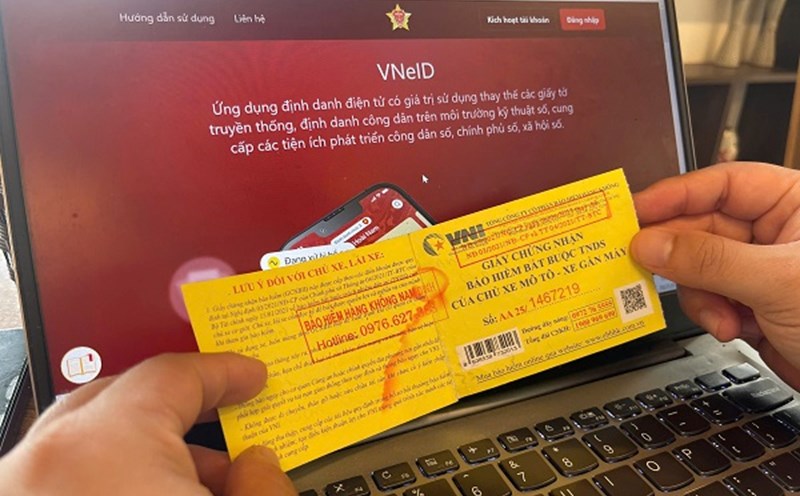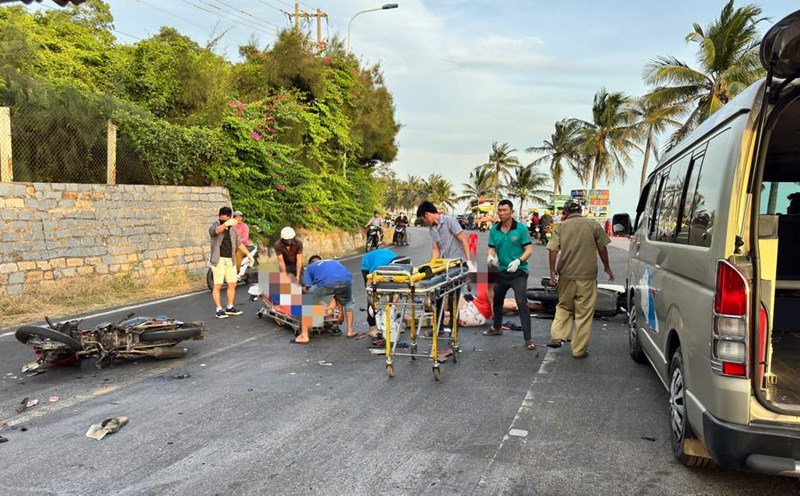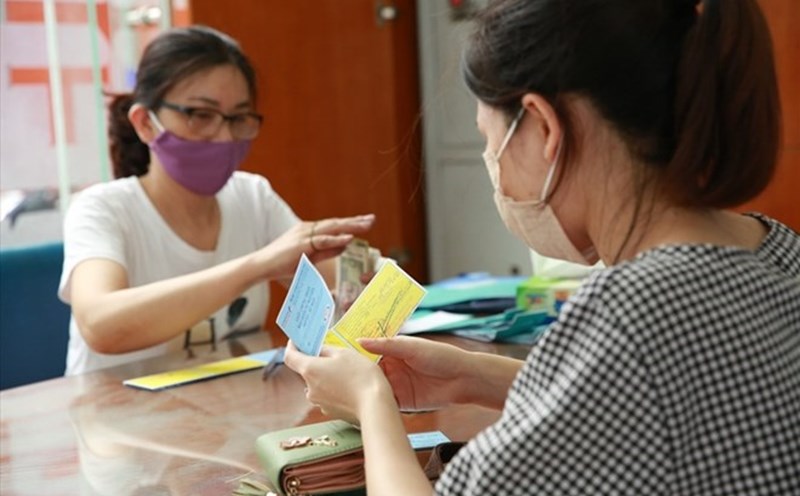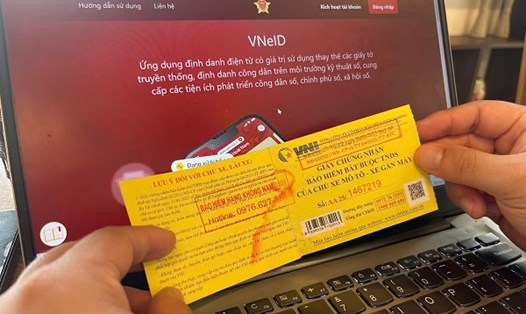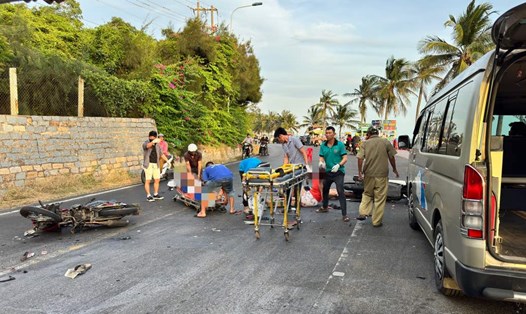That was the affirmation of Dr. Hoang Duong Tung - Chairman of Vietnam Clean Air Network at the launching ceremony of "For a green capital" initiated by Vingroup Corporation.
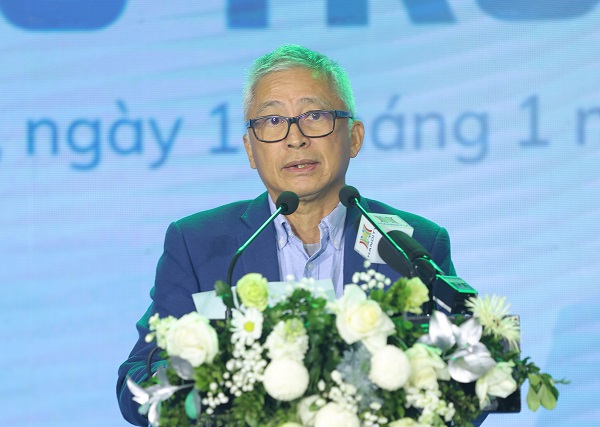
Dr. Hoang Duong Tung said that these days, Hanoi residents are very worried about their health when seeing the Air Quality Index (AQI) always at red, brown, and even purple warning levels for many hours and many days.
So why is the decline in air quality - specifically the tiny PM2.5 dust particles with a diameter smaller than 1/30 of a human hair - making people so worried?
According to statistics, on average a person inhales and exhales about 22,000 times a day, each time inhaling about 500ml of air, so every day 10,000 liters of air are needed to breathe.
Fine dust PM2.5 with toxic substances is always present in the air. When breathing, PM2.5 can penetrate into the lung sacs, pulmonary veins and enter the blood circulatory system.
Air pollution has a negative impact on cardiovascular health, increasing the risk of heart attacks and strokes. Women living in areas with high levels of air pollution are twice as likely to have children with autism. Air pollution has also been linked to reduced sperm quality, affecting men’s ability to conceive.
Many people also ask where fine dust comes from, why is pollution high in the winter months, while there is less pollution in the summer?
According to Mr. Tung, this is due to geographical factors. Hanoi and some northern provinces are more polluted in the winter months when there is little rain, many days of calm wind and humid weather... causing fine dust to not be washed away or diffused, remaining in low layers while there are still sources of emissions that release fine dust into the air every day and every hour.
Hanoi is a large city with 12 inner-city districts and 18 suburban districts. There are differences in air quality and pollution sources between inner-city districts and suburban districts.
In suburban districts, pollution sources are industrial production facilities, villages recycling paper, plastic, metal, burning garbage and straw after harvest, and livestock facilities.
In the inner city, the main culprits of pollution are personal vehicles running on gasoline, with more than 6 million motorbikes and nearly 800,000 internal combustion engine cars emitting smoke day and night.
Around the world, there have been many good lessons to reduce air pollution from fossil fuel vehicles.
Beijing is a typical example: In a short time, it has converted all of its more than 10,000 diesel buses to electric vehicles, requiring the use of electric vehicles for all services such as post offices, inner-city delivery, vehicles performing environmental sanitation work, etc.
In recent years, Hanoi has taken many measures to reduce pollution from personal vehicles and increase public transport. Hanoi aims to have 100% green buses in the 2026-2030 period with financial resources of up to VND43,000 billion.
The PM2.5 fine dust numbers that continuously exceed the permissible threshold are not just dry numbers, but are a direct threat to the health of millions of people, especially children, the elderly and people with chronic diseases.
Dr. Hoang Duong Tung also suggested that, from a management perspective, Vietnam needs to consider policies to encourage people to switch to electric vehicles that have been successfully applied by other countries, such as: Financial support for people to switch to electric vehicles, exemption of registration fees for electric vehicles, creating favorable conditions for land to build charging stations, etc.
Another solution that has been successfully implemented around the world is the Zero Emission Vehicle (ZLEV) Credit Policy. This is an important tool in the strategy to reduce greenhouse gas emissions and promote the transition to sustainable transport. Specifically, this mechanism is designed to create a financial incentive for car manufacturers to increase the production of zero-emission vehicles, helping them meet the strict criteria of the markets. Each zero-emission or low-emission vehicle sold will bring the manufacturer a number of ZLEV credits.
This policy is currently widely applied in many countries, with the effect of encouraging automakers to develop and produce zero-emission vehicles, while minimizing the impact of traffic on the environment and public health.

